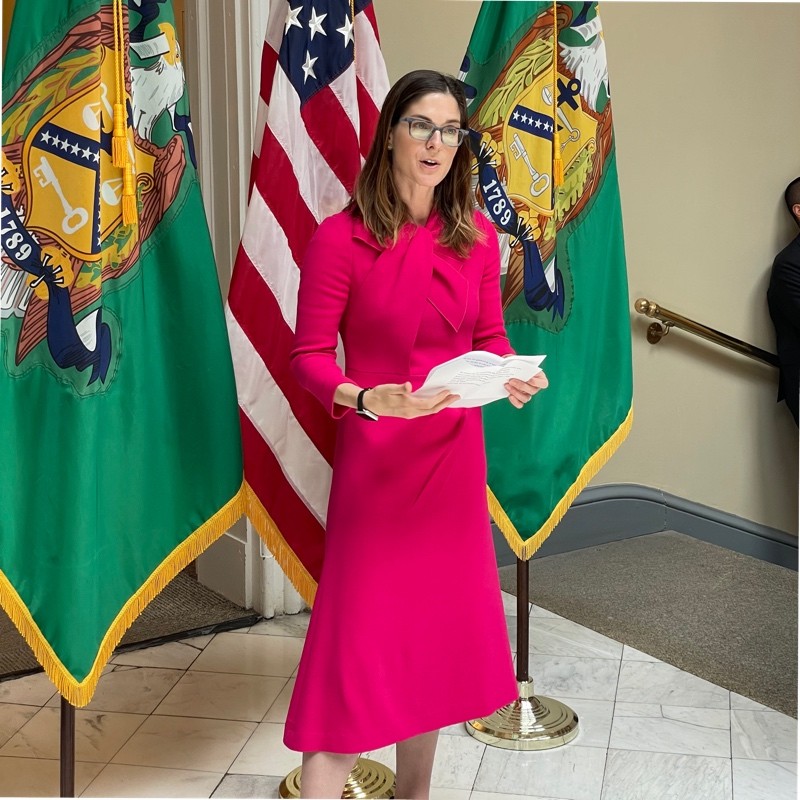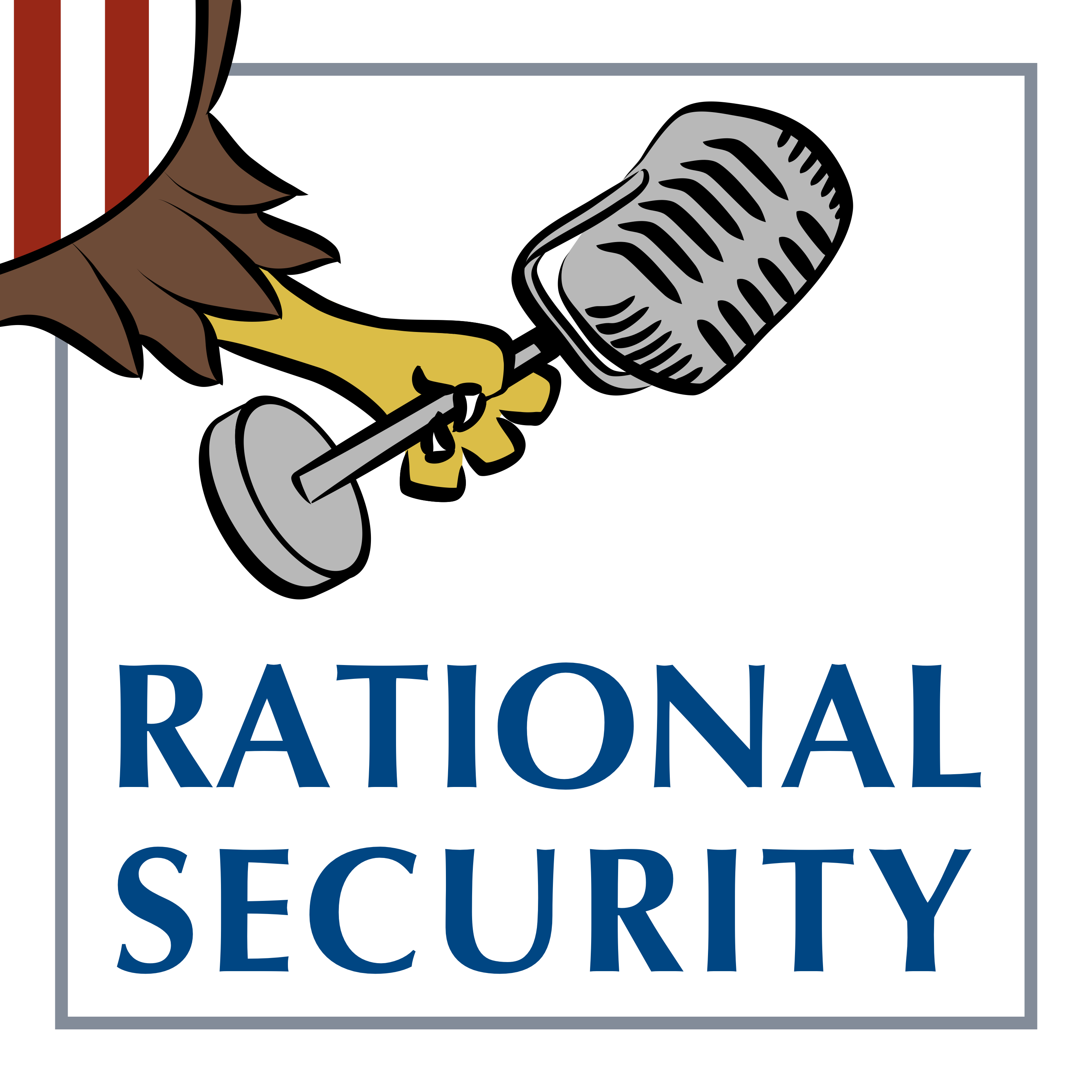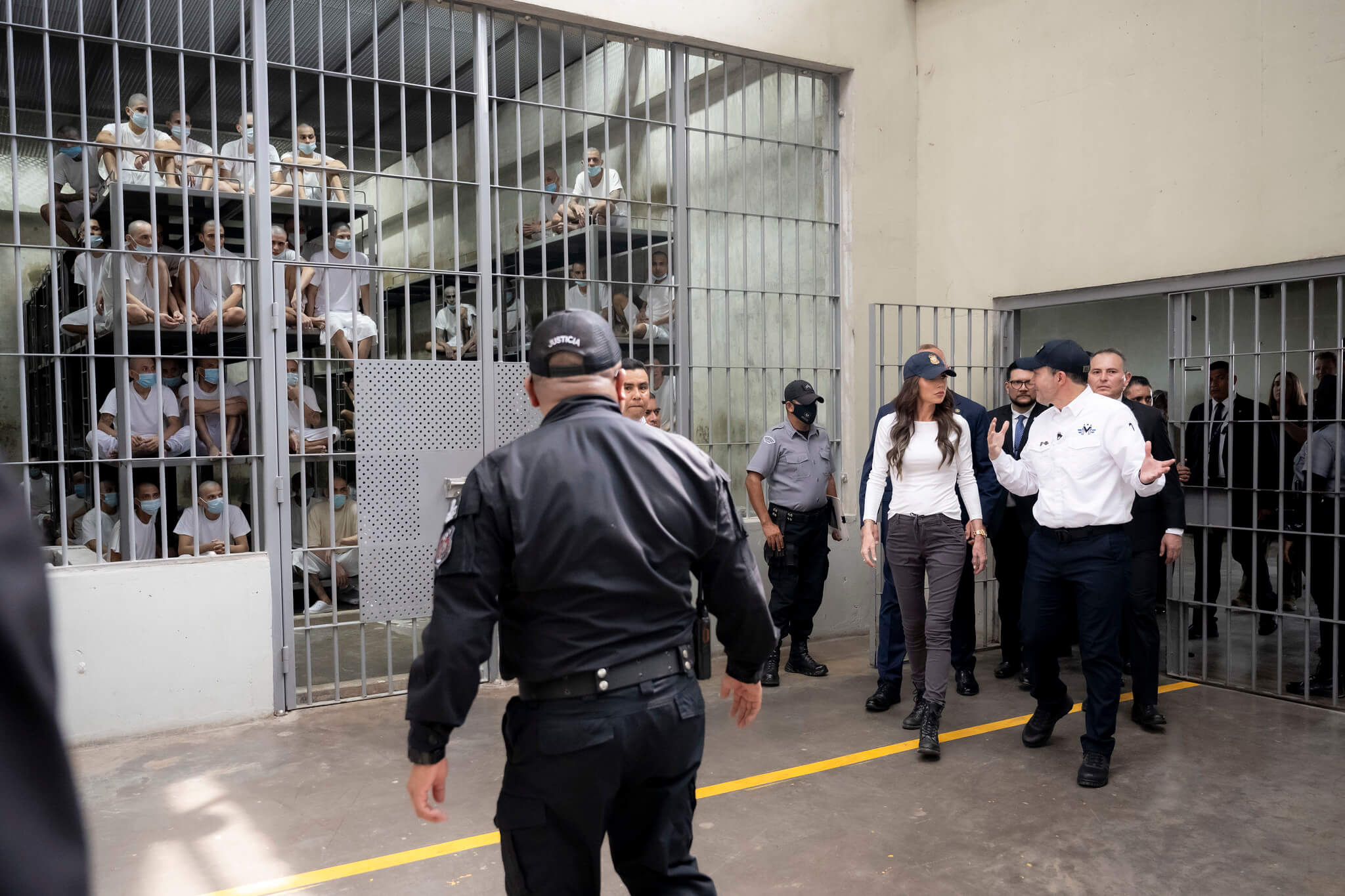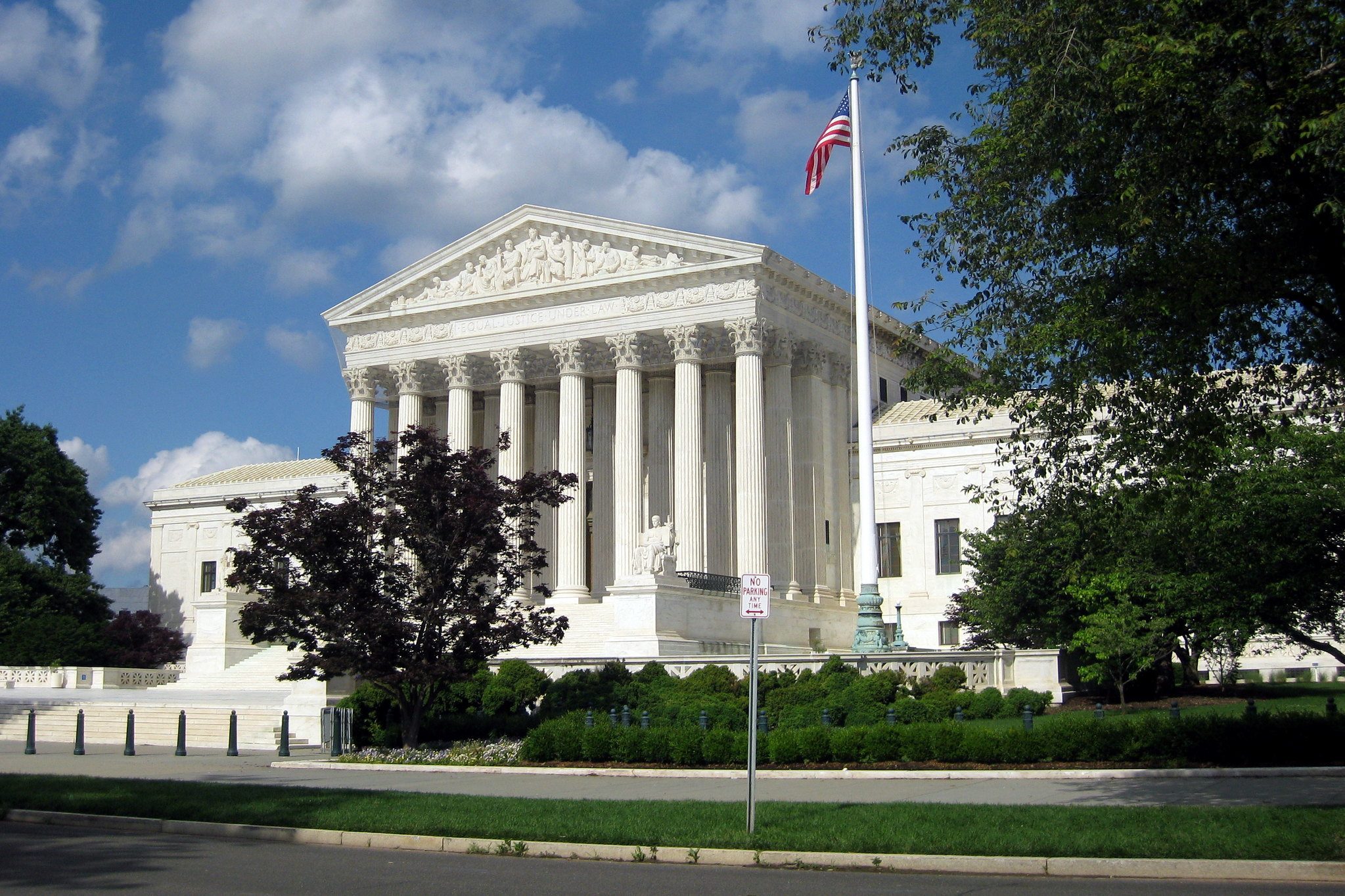IEEPA Tariffs’ Many Legal Challenges
There are more promising angles to challenge Trump’s potential use of IEEPA for tariffs than on major questions doctrine or national emergency grounds.
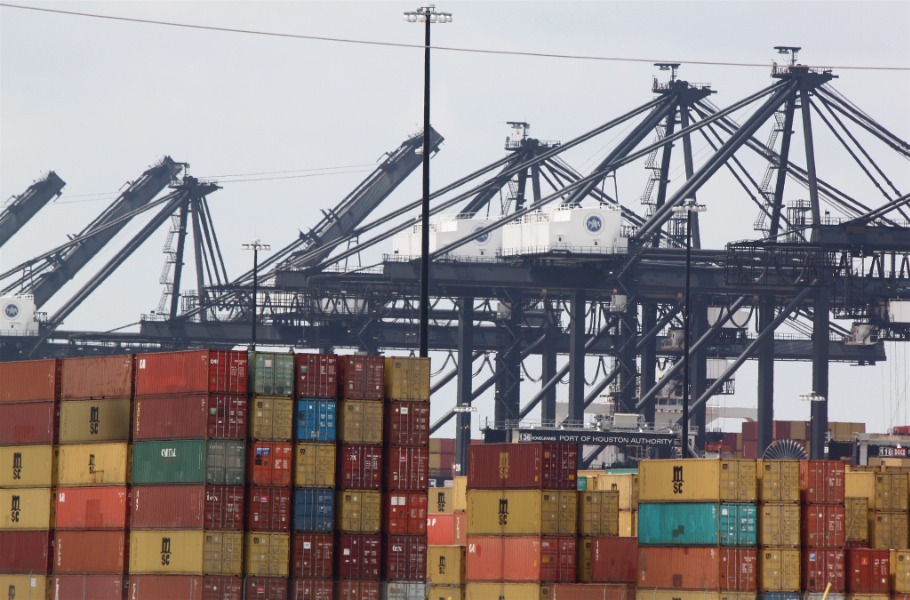
Published by The Lawfare Institute
in Cooperation With

Peter Harrell recently wrote a thoughtful and convincing piece in Lawfare about the legal challenges that President Trump may face if he uses the International Emergency Economic Powers Act (IEEPA) to impose tariffs on Mexico, Canada, and China. I generally agree with Harrell’s conclusion that, while a court may ultimately uphold Trump’s imposition of tariffs, there are sizable counterarguments to consider, both facially and as applied in this case.
On Feb. 3, the president agreed to pause the tariffs after reaching a deal with both Mexico and Canada regarding border enforcement measures. However, the Chinese tariffs are still in effect, and Trump has already threatened to impose additional tariffs on the EU, making the debate about using IEEPA to impose tariffs of ongoing relevance.
In his piece, Harrell suggested that deference to the executive branch with respect to the president’s invocation of IEEPA is eroding and that the major questions doctrine is likely the “most persuasive” argument against IEEPA tariffs. However, more promising angles for a challenge to these executive orders would be challenging the fit between the national emergency and the actions imposed and assessing whether the actions Customs and Border Protection (CBP) needs to take in order to implement the executive orders are subject to rulemaking requirements under the Administrative Procedure Act (APA).
Judicial Review of National Emergencies
Harrell notes that, in replacing the Trading with the Enemy Act of 1917 (TWEA) with IEEPA, Congress intended to put certain guardrails on the president’s emergency authorities. This includes a requirement that the president formally invoke a national emergency and justify renewals through annual reports to Congress. He describes the expansive ways in which successive presidents have used IEEPA and then notes that there are signs that “judicial deference is eroding, at least at the margins.” This may be true at a high level of generality, but it is worth noting that a reviewing court has never second-guessed a president’s determination under IEEPA that a national emergency has occurred, even in the face of ever broader and longer national emergencies.
Instead, courts have deferred to the executive on such questions—and to the now largely pro forma congressional checks on his authority. The cases that Harrell cites are not to the contrary. First, the 9/11-era Holy Land Foundation v. Ashcroft and Kindhearts line of cases concerned the direct application of sanctions to U.S. persons located in the United States, raising a complex set of constitutional and statutory issues. The Tiktok and WeChat cases concerned the First Amendment and IEEPA’s so-called Berman Amendment, which limits the president’s ability to use IEEPA to regulate information and informational materials. Finally, the U.S. Court of Appeals for the Fifth Circuit’s recent Van Loon decision had a narrow holding relating to the question of whether immutable smart contracts constituted “property” that could be the subject of sanctions. In none of these cases did courts come close to second-guessing the national emergency declared by the president in the relevant executive order.
It is understandable why courts might be hesitant to review such a determination, particularly in light of the capacious underlying statutory language, and the uncomfortable constitutional posture of an Article III court second-guessing a president’s determination as to what constitutes a national security or foreign policy threat to the nation. That’s especially true here, where President Trump’s newly announced national emergencies relate to illegal immigration and international drug trafficking, issues that, at least on their face, would seem to meet the statutory threshold for declaration of a national emergency.
The Relevance of the Major Questions Doctrine
Although I agree with Harrell that it is possible a court could apply the major questions doctrine to an attempt to use IEEPA to apply a “universal tariff,” the application of that doctrine to a national security or foreign policy authority such as IEEPA would be highly unusual. The major questions doctrine (MQD) has been applied in dozens of lower court cases since its formal announcement by the Supreme Court in West Virginia v. EPA. A number of scholarly articles since have suggested that the doctrine will have a deleterious effect on the executive’s power in the national security and foreign policy space. And the imposition of broad tariffs on important trading partners would seem to meet at least part of the West Virginia court’s metric of having immense “economic and political significance[.]”
But in reality, we have not seen a flood of lower court decisions applying the MQD in national security or foreign policy contexts. The one case that appears to invoke the MQD in the national security context is also the only MQD case in which a judge determined the doctrine applied but found that the agency action survived because there was clear congressional authorization.
So far, courts have not invoked the MQD notwithstanding recent innovative uses of IEEPA that could be seen as more “economic warfare” than merely a protective national security action. As Jack Goldsmith and Curtis Bradley have written, this may be because there are still emerging questions about the doctrine and whether it is a substantive canon of interpretation or a tool of statutory interpretation merely meant to help judges ascertain congressional intent. Or it may be because actions taken in the national security space are more frequently explicitly authorized by Congress through broad delegations of authority. As the Court wrote in United States v. Yoshida—the only case to review the use of TWEA, IEEPA’s predecessor statute, to impose tariffs: “Having left the battlefield, it would hardly do [for Congress] to dictate all the weapons to be used in the fight.”
Regardless of whether and how the major questions doctrine might apply, here, a key question of statutory interpretation will be whether the power to “regulate” transactions in which a foreign party has an interest includes the power to impose a tariff. Harrell suggests that it does not, arguing that Congress’s earlier and more specific Section 122 legislation on tariffs should be implicitly understood to preclude a broad meaning of the word “regulate” in IEEPA. But presidents across administrations have interpreted the substantive terms in IEEPA—including the power to “regulate”—quite broadly, with full congressional awareness. Indeed, in the years since West Virginia v. EPA alone, IEEPA has been used by the executive branch to set a ceiling for the price at which Russia could sell its oil, regulate broad swaths of the U.S. economy regarding transactions that risk revealing bulk U.S. sensitive personal data to countries of concern, prohibit or require reporting of investment by U.S. persons into certain foreign technologies, and lay the foundation for a transfer of Afghan assets subject to U.S.-based litigation to a trust fund intended to preserve the assets for the Afghan people. None of these actions has yet been challenged in courts. For those reasons, it strikes me as relatively unlikely that a challenge of these IEEPA executive orders will be the first major “major questions” case to strike down an action in the national security context.
Additional Potential Challenges with IEEPA Tariffs
Finally, Harrell clearly lays out a number of the most convincing arguments against President Trump’s unprecedented use of executive authority under IEEPA. A couple of additional angles that seem promising and that were not raised relate to the fit between the national emergency and the measures imposed and the APA. As explained above, a reviewing court may view overturning or narrowing the president’s articulation of the national emergency under IEEPA itself as outside of its purview. At the same time, analyzing whether the actions being imposed pursuant to IEEPA actually address the national emergency is a separate, and arguably very appropriate, assessment for a court.
Note, in particular, that 50 U.S.C. § 1701(b) of IEEPA requires that actions be taken only “to deal with an unusual and extraordinary threat with respect to which a national emergency has been declared” (emphasis added). What is the connection between the tariffs imposed and the actions of each of the countries named? Is there a rational link between the goods targeted and the named countries’ actions to address the threats of illegal immigration and fentanyl? Here, again, I agree with Harrell’s point that the more global set of products on which tariffs are imposed, and the longer they remain in place, the more suspect the action as a statutory matter.
Another question will be whether Customs and Border Protection, as part of the Department of Homeland Security, will be able to comply with the terms of the executive orders without violating the APA. The executive orders direct CBP to modify its Harmonized Tariff Schedules through a Federal Register notice, effective by Feb. 4, and to “adopt[] rules and regulations ... as may be necessary.” Under relevant Supreme Court precedent, the president is not an “agency” whose “final” actions can be reviewed by courts under the APA. However, agencies are required to abide by the APA even when carrying out the terms of a particular executive order. There is a question of whether CBP can amend its tariff schedules or issue regulations imposing new and different substantive obligations on regulated U.S. parties, without going through notice-and-comment procedures, or whether failing to do so violates the substantive rulemaking requirements of the APA.
Even if the agencies’ actions are subject to the APA, the Department of Homeland Security may try to assert the “foreign affairs” good cause exception to the APA, though this is an increasingly murky area that courts may be more likely to scrutinize closely. Here, it is notable that a number of the recent IEEPA actions to which Harrell cites, including the Data Security Executive Order and the Outbound Investment Order, went through a full notice-and-comment rulemaking under IEEPA before imposing any obligations under the orders. Both the Department of Justice and the Treasury Department, respectively, took the formal position in those rulemakings that the foreign affairs exception did apply and that the notice-and-comment rulemaking was voluntary.
Assuming for the sake of argument that is correct, going through notice-and-comment rulemaking was certainly helpful to the executive branch in those cases by ensuring that stakeholder inputs were properly accounted for and transparently addressed, ensuring the fit between actions taken and the national emergency being addressed, and reducing overall litigation risk.

